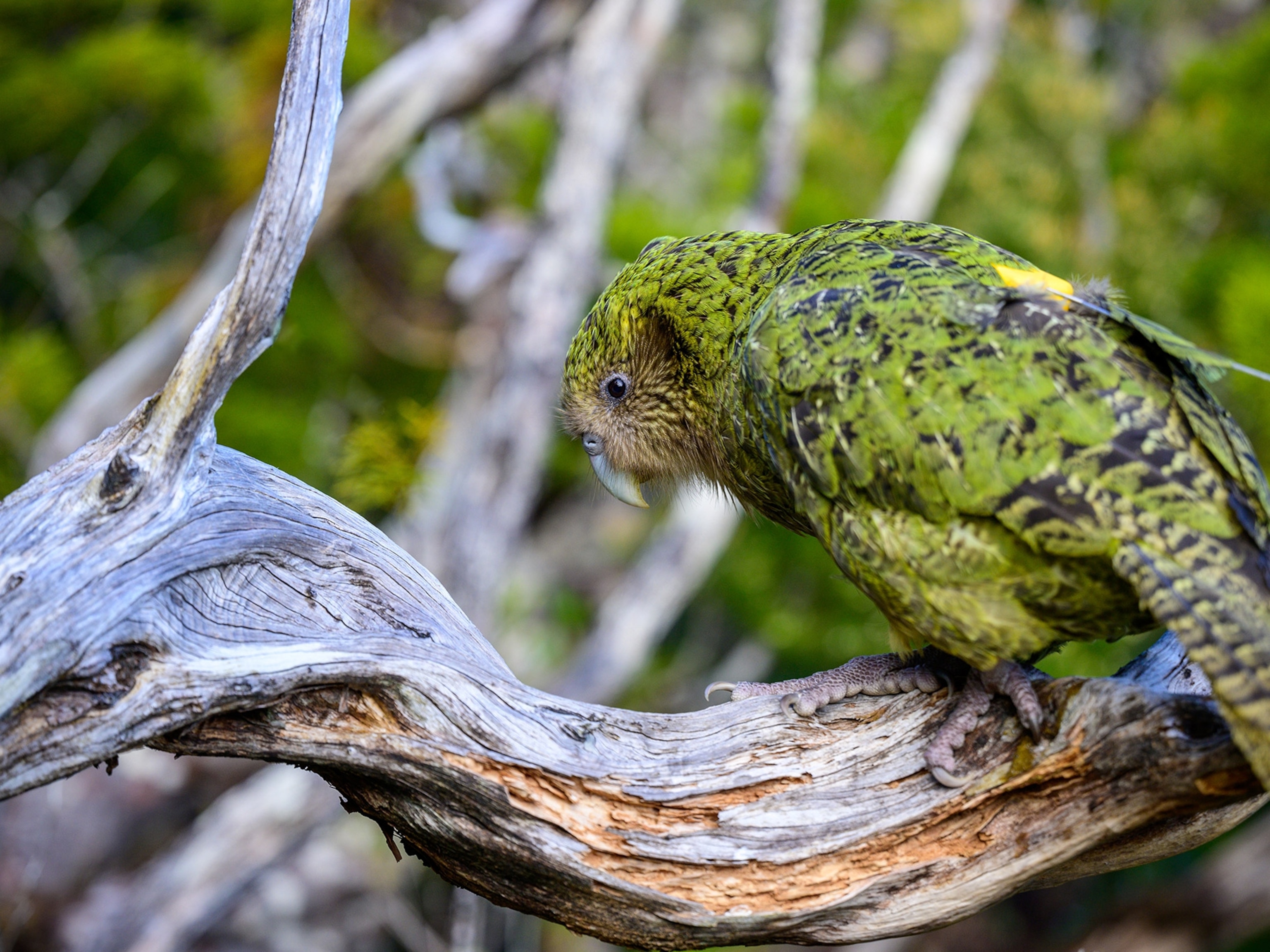The word “threatened” can conjure alarming images of a species on the brink of disappearing forever. The term’s actual meaning, however, is not necessarily that dire—depending on who you ask.
There are two common systems of classifying a species’ extinction risk: The International Union for Conservation of Nature’s Red List of Threatened Species (IUCN) and the U.S. Endangered Species Act.
The Red List
Established in 1964, the Red List indicates the global conservation status of animals, plants and fungi. It keeps track of species that have undergone global assessments of their extinction risk and sorts them into eight categories: data deficient, least concern, near threatened, vulnerable, endangered, critically endangered, extinct in the wild and extinct. Under Red List guidelines, species that are rated vulnerable, endangered, or critically endangered are also considered threatened.
The status of a species on the Red List changes periodically. A plant or an animal that is considered threatened today may not be threatened a year from now. The Red List category that a species falls into depends on its population size, geographic range, past reductions in population, and probability of extinction in the wild.
Scientists count the number of each species in as many places around the world as possible and estimate the total population size with statistical methods. Then they determine the likelihood that it will go extinct in the wild by considering its history, habitat requirements, and threats.
Endangered Species Act
In 1973, the U.S. Congress passed the Endangered Species Act to try to prevent species from becoming extinct. The law classifies plants and animals as endangered if they’re at risk of extinction through all or most of their geographic areas. Species are listed as threatened if they’re likely to become endangered in the foreseeable future.
To classify a species, the U.S. Fish & Wildlife Service considers damage to its habitat, overuse of it, disease or predation, inadequate protection, and other factors. It’s illegal under the Endangered Species Act for a person to hunt, kill, capture, or otherwise harm a threatened animal without a permit. States might also have separate laws governing activity that involves endangered and threatened animals.
Unlike species listed as endangered, those classified as threatened under the Endangered Species Act can be taken from the wild for exhibition in a zoo or for educational reasons. State natural resource departments also can move threatened species if it’s part of a conservation effort. To protect a threatened species, the Fish & Wildlife Service can add other conservation-minded regulations.
The ultimate goal of the Endangered Species Act is to take species off the list of species that the act protects. When a plant or an animal is no longer marching toward extinction, the federal law has done its job.
Related Topics
You May Also Like
Go Further
Animals
- Charlotte, the 'virgin birth' stingray, has a diseaseCharlotte, the 'virgin birth' stingray, has a disease
- See how billions of cicadas are taking over the U.S. this summerSee how billions of cicadas are taking over the U.S. this summer
- Why are orcas ramming boats? They might just be bored teenagersWhy are orcas ramming boats? They might just be bored teenagers
- These pelicans are starving to death—despite plenty to eatThese pelicans are starving to death—despite plenty to eat
- The world's largest fish are vanishing without a traceThe world's largest fish are vanishing without a trace
Environment
- 2024 hurricane season forecasted to be record-breaking year2024 hurricane season forecasted to be record-breaking year
- Connecting a new generation with South Africa’s iconic species
- Paid Content
Connecting a new generation with South Africa’s iconic species - These images will help you see coral reefs in a whole new wayThese images will help you see coral reefs in a whole new way
- What rising temps in the Gulf of Maine mean for wildlifeWhat rising temps in the Gulf of Maine mean for wildlife
- He’s called ‘omacha,’ a dolphin that transforms into a man. Why?He’s called ‘omacha,’ a dolphin that transforms into a man. Why?
History & Culture
- Think customer service is bad now? Read this ancient complaintThink customer service is bad now? Read this ancient complaint
- The tragic backstory of one of the most haunted roads in AmericaThe tragic backstory of one of the most haunted roads in America
- The missing heiress at the center of New York’s oldest cold caseThe missing heiress at the center of New York’s oldest cold case
- When a people's stories are at risk, who steps in to save them?When a people's stories are at risk, who steps in to save them?
- I wrote this article with a 18th century quill. I recommend it.I wrote this article with a 18th century quill. I recommend it.
- Why this Bronze Age village became known as ‘Britain’s Pompeii’Why this Bronze Age village became known as ‘Britain’s Pompeii’
Science
- How being the oldest or youngest sibling shapes your personalityHow being the oldest or youngest sibling shapes your personality
- Tuberculosis is rising in the U.S. again. How did we get here?Tuberculosis is rising in the U.S. again. How did we get here?
- Are ultra-processed foods as addictive as cigarettes?Are ultra-processed foods as addictive as cigarettes?
- Epidurals may do more than relieve pain—they could save livesEpidurals may do more than relieve pain—they could save lives
Travel
- What to eat in Lebanon, from flatbreads to layered dessertsWhat to eat in Lebanon, from flatbreads to layered desserts
- This sunny German city should top your summer travel list
- Paid Content
This sunny German city should top your summer travel list - 7 things you need to know about European travel this summer7 things you need to know about European travel this summer
- These Algerian communities live in the Saharan sand seasThese Algerian communities live in the Saharan sand seas










